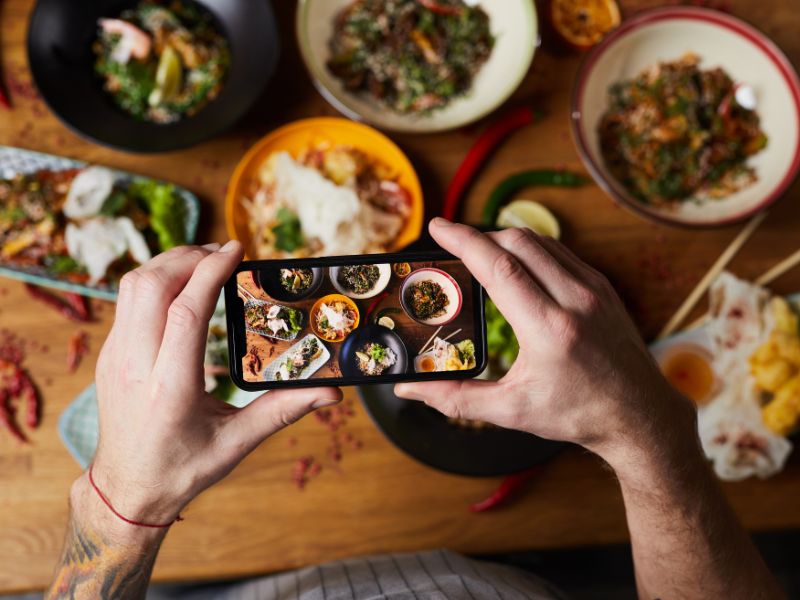K-Philly Cheesesteak, Anyone?
According to a National Restaurant Association survey, Korean cuisine is the top ethnic food trend of 2025. Its bold flavors and unique techniques—pickling, fermentation, and spice—are winning over younger consumers, many of whom see these methods as healthier alternatives. Korean food has also gained global visibility through cooking competitions and food documentaries like Netflix’s Street Food: Asia.
This growing appetite for K-food is just another wave of Hallyu, the Korean cultural boom that has introduced K-dramas, music, and beauty trends to international audiences. South Korea actively encouraged cultural exchange, promoting its traditions and language abroad, and now, its cuisine is making its way into the U.S. fast-food scene.
But will Korean food become the next big thing in American fast food? Traditional Korean dishes are often meant to be enjoyed slowly, and some ingredients can be pricey, potential barriers to mass-market success. However, Korean-inspired fast-casual chains are finding ways to adapt. Many focus on single signature items, like twice-fried Korean chicken or bibimbap, a rice dish with marinated meat, vegetables, and a fried egg.
One standout is Cupbop, a fast-growing chain with dozens of locations across the Southwest. Serving “Korean BBQ in a cup,” Cupbop emphasizes a fun, casual atmosphere while expanding its menu to include K-wings and Saladbop.
Other fast-casual Korean concepts are popping up around the country. Bibibop Asian Grill is a 29-unit chain based in Columbus, Ohio. Dak & Bop, a single restaurant in Houston, specializes in Korean fried chicken with five different sauces and a menu item called K-Philly Cheesesteak, made with bulgogi, onions, cheese, and citrus aïoli.
Seoul Taco has five stores in St. Louis, blending Korean flavors with Tex-Mex staples like burritos, nachos, quesadillas, and a dish called the Seoul Taco Burrito.
Even larger brands are taking note. Bibigo, based in Commerce, CA, and Gogi Grill in Hoboken, NJ, are expanding, proving that Korean flavors have serious staying power.
The question isn’t whether Korean food will catch on—it already has. The real question is how far this wave will go.

